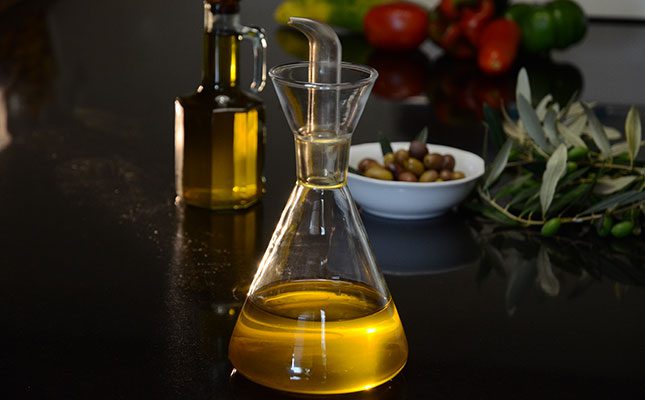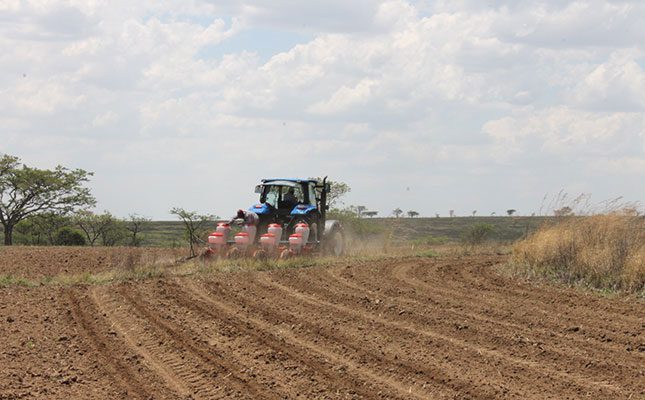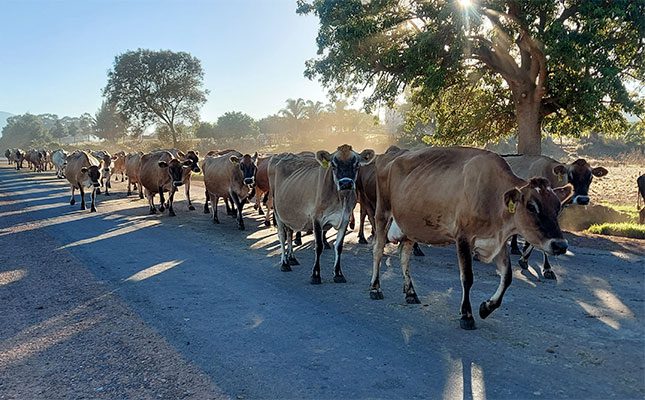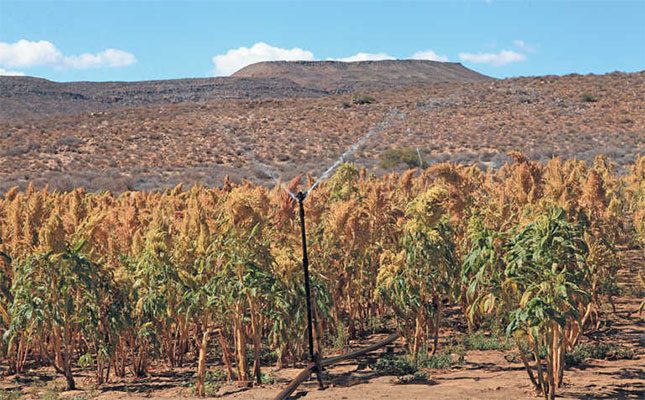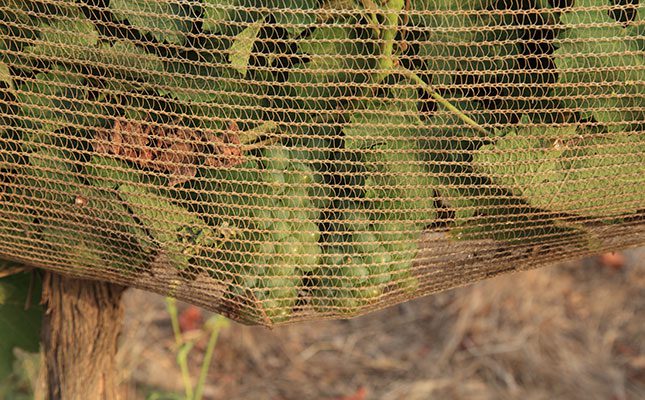
Globally, climate volatility and structural changes in wine consumption patterns are reshaping trade dynamics.
In its recently released Baseline 2025 report, the Bureau for Food and Agricultural Policy (BFAP) said global wine consumption declined by 3,3% year-on-year (y/y) to an estimated 21,4 billion litres in 2024, its lowest level in almost 65 years. Inflation, high prices, and long-term shifts in consumer behaviour contributed to the decline.
READ Gene editing tech crucial for grain farmers’ survival in next decade
South African wine consumption fell by 2,8% to 456 million litres, a level consistent with the five years preceding the COVID-19 pandemic.
On the supply side, the global vineyard area contracted for the sixth consecutive year, falling by 0,6% to 7,1 million hectares. South Africa mirrored this trend, marking its 17th consecutive year of decline in vineyard area.
Global production dropped by 4,8% y/y to 22,6 billion litres, its lowest in more than 60 years, largely due to extreme weather events such as frost, drought, and heavy rains.
South Africa produced 883 million litres of wine in 2024, down 5,4% y/y and 14,3% below its five-year average, marking the lowest output in over 20 years.
Bulk wine exports gain ground
While constrained production has limited global trade, bulk wine has emerged as a growth segment. Bulk exports increased by 3,3% in volume and 9,8% in value, with average prices rising by 6,3% to €0,80/ℓ.
In contrast, bottled wine exports declined by 1,8% in volume, though value held steady thanks to a 1,9% price increase.
South Africa’s bulk wine exports dipped slightly, but average prices rose by 8,2%. Packaged wine exports increased by 5,4%, although average prices fell by 2,7%.
The BFAP suggested the local industry explore opportunities to expand higher-quality bulk exports, particularly wine packaged at destination markets, as this could reduce supply chain costs and improve net returns.
Demand for premium rises
Looking ahead, the BFAP expects South African export volumes to remain under pressure, with an average annual decline of 1,5% until 2034. This is slower than the 3,9% annual decline of the previous decade, albeit from a reduced base. Exports are projected to reach 273,8 million litres by 2034.
Trade with the UK, EU, and non-EU countries is expected to fall in the wake of subdued production volumes and associated higher prices, even though the UK and EU will remain important export destinations.
Selective marketing opportunities remain in North America, Asia, and Africa that could offset some pressure on European markets, though progress will depend on an enabling trade environment, which is unlikely in the US in the near to medium term.
Locally, the consumption of basic and low-priced wines, while dominant, is expected to stabilise around the current level of 336,1 million litres by 2034.
In contrast, sales of premium, ultra-premium, and super premium wine are projected to rise by 26,8%, from 73.2 million litres in 2024 to just short of 93 million litres in 2034. Growing urbanisation, higher middle-class incomes, and improved wine education are among the key drivers of this trend.
Sparkling wine is projected to grow more moderately, rising from the current 17,5 million litres to just short of 20 million litres in 2034, doubling pre-pandemic volumes.
Fortified wine, despite its recent recovery, is forecast to decline from 30,6 million litres in 2015 to 24 million litres in 2034, indicating a generational shift away from high-alcohol, high-sugar beverages.
Brandy shows a sharper decline, as it is expected to decrease from 28,5 million litres in 2015 to 20.4 million litres in 2034, likely due to competition from alternative spirits.
The vineyard outlook shows continued expansion of vines older than 20 years, with white cultivars in this category reaching 23 330ha and their red counterparts climbing to 18 522ha by 2034.
While this could suppress yields, it is expected to support firmer grape prices. The decline in vineyard area is projected to bottom out by 2027 before recovering to levels close to those in 2024 by the end of the outlook period.
Industry perspective
Speaking to Farmer’s Weekly, Rico Basson, CEO of South Africa Wine, said bulk and bottled wine should not be viewed as competitors but rather complementary market segments.
“South Africa is highly effective in the bulk wine space, with more than 80% of bulk exports being varietal wines bottled as South African wine in destination markets. This model is sustainable and aligned with global trade structures,” he said.
Basson added that South Africa’s diversity and innovation allowed it to consistently move towards higher-value outcomes, but stressed that the broader operating environment played a crucial role.
“The South African wine industry has the quality, expertise, and diversity to elevate bulk wine into a premium offering, but an enabling environment is essential to unlock this potential,” he explained.
According to him, immediate improvements in logistics and infrastructure, such as faster turnaround times at ports and more reliable transport systems, would lower costs and strengthen the industry’s global competitiveness.
Simultaneously, market access support in the form of trade agreements, reduced tariffs, and strong diplomatic engagement could help open higher-value markets for local producers.
Basson also highlighted the need for greater policy and regulatory certainty – particularly around excise, labour, and water rights – to give producers the confidence to invest in quality.
Finally, he emphasised the importance of collaboration across the value chain: “From farmers to exporters, coordinated efforts around marketing and quality standards could help enforce South Africa’s reputation in key markets.”


